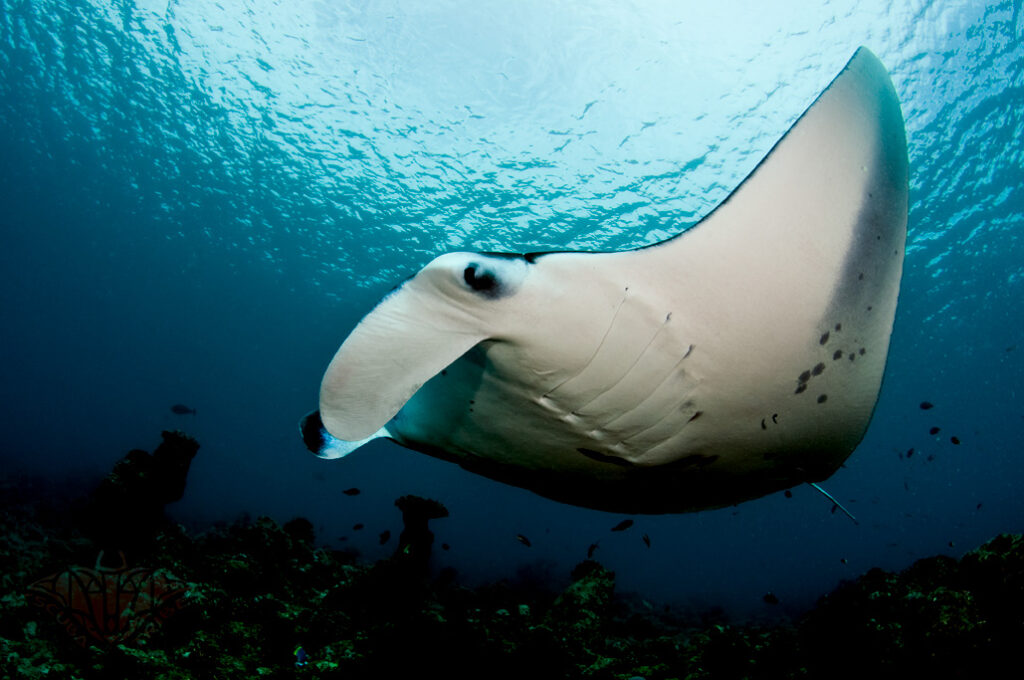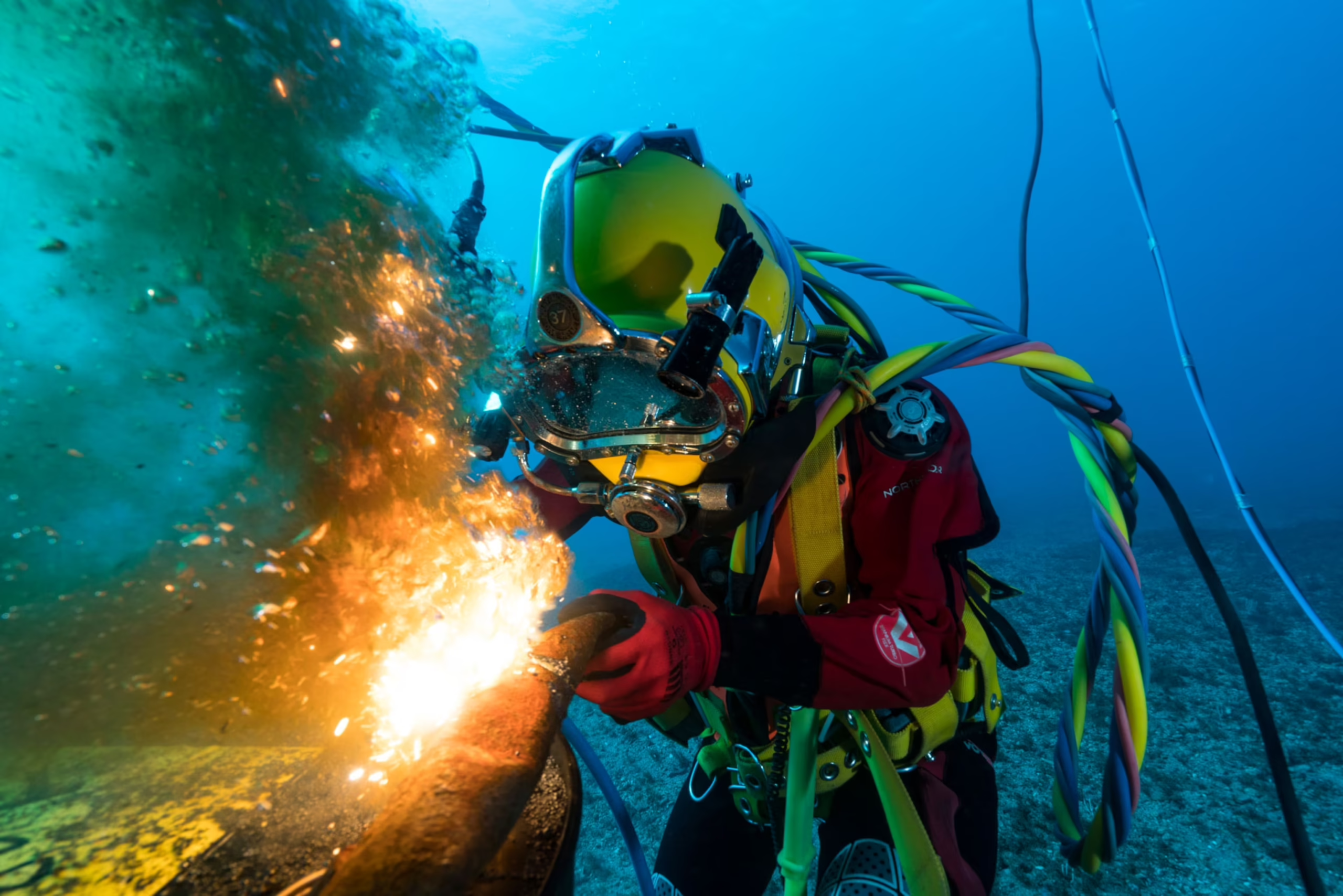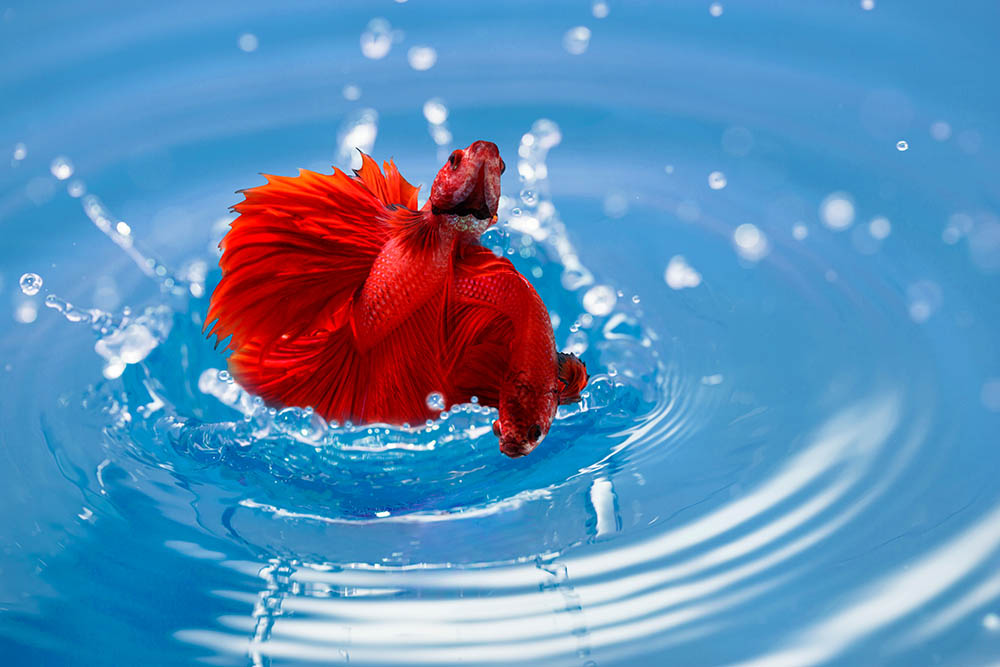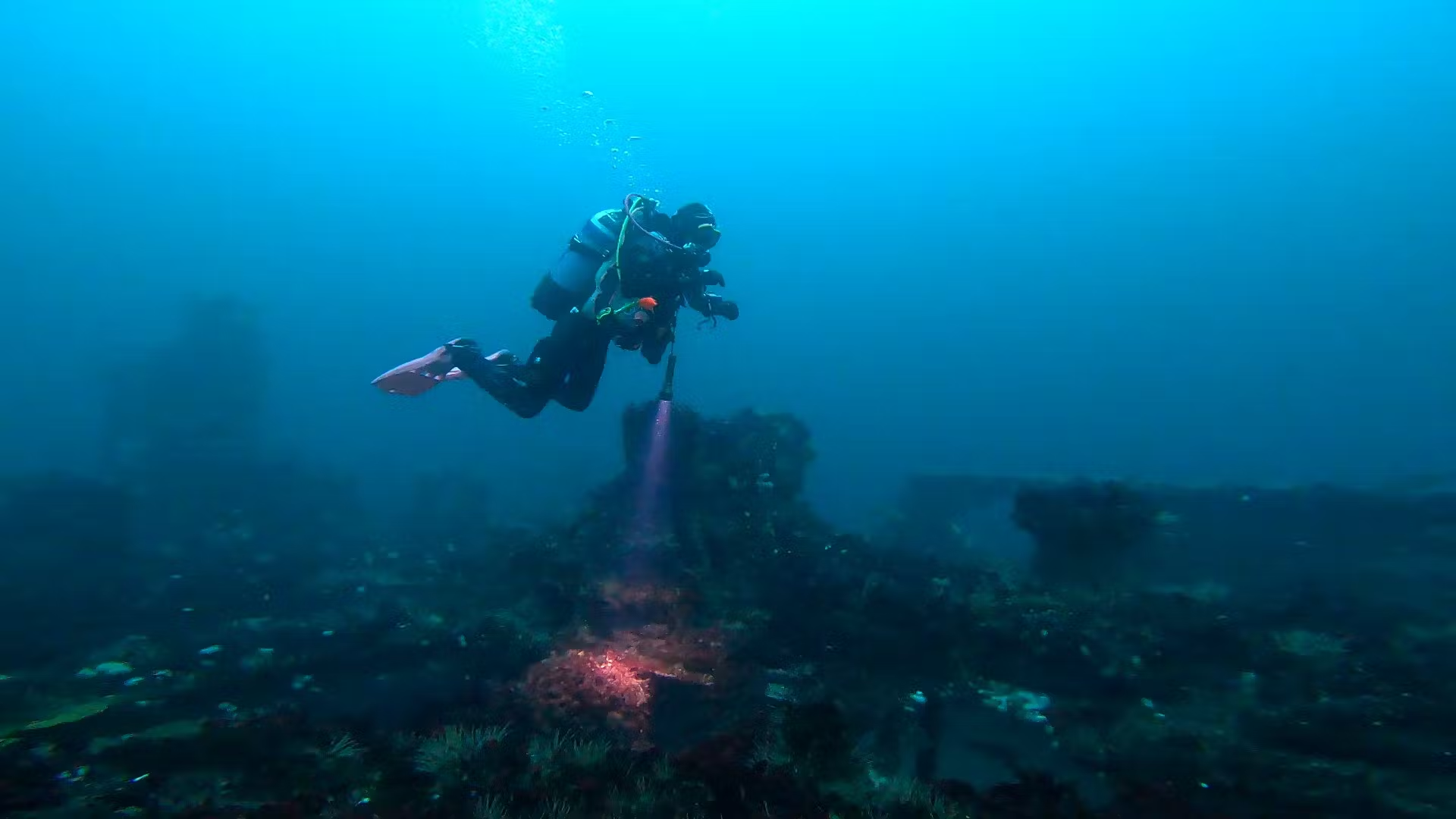Manta rays are among the most graceful and awe-inspiring creatures in the ocean. These gentle giants glide through the water with a beauty that captivates divers, marine life enthusiasts, and researchers alike. But even these massive, majestic rays aren’t entirely safe — they have natural predators and face growing threats from humans and the environment.
- Understanding Manta Rays and Their Ecosystem
- Table of Contents
- What Are Manta Rays Predators in the Ocean?
- Sharks — The Main Predators of Manta Rays
- Killer Whales and Other Ocean Threats
- Human Threats — The Biggest Danger to Manta Rays
- Are Manta Rays Endangered?
- Manta Ray vs Stingray — How They Differ
- Are Manta Rays Dangerous to Humans?
- Fascinating Facts About Manta Rays’ Defense and Behavior
- How Divers Can Help Protect Manta Rays
- FAQs About Manta Rays and Their Predators
- Conclusion
In this guide, we’ll uncover what are manta rays predators, explore their biggest dangers, and share seven fascinating facts about how they survive and thrive in the wild.
Understanding Manta Rays and Their Ecosystem

Table of Contents
Before exploring what eats manta rays, it’s essential to understand who they are.
Manta rays belong to the genus Mobula and are closely related to stingrays and other rays. There are two main species — the reef manta ray (Mobula alfredi) and the giant oceanic manta ray (Mobula birostris).
- Habitat: Found in tropical and subtropical waters worldwide.
- Behavior: Known for their curious, intelligent nature and acrobatic jumps above the surface.
- Diet: Plankton, small fish, and microscopic crustaceans filtered through their gills.
- Manta Ray Size: The giant manta can reach up to 23 feet (7 meters) across and weigh over 3,000 pounds — making them one of the largest fish in the ocean.
- Where Are Manta Rays Found: They inhabit regions such as the Pacific, Indian, and Atlantic Oceans, particularly around coral reefs and coastal zones.
Despite their size, manta rays are peaceful filter feeders — not predators themselves. But in the vast ocean, size alone doesn’t guarantee safety.
What Are Manta Rays Predators in the Ocean?
So, what are manta rays predators?
Manta rays face threats from a few apex predators that roam the open seas.
Main natural predators of manta rays include:
- Large sharks (tiger sharks, great hammerhead sharks, bull sharks)
- Killer whales (orcas)
- Humans (through fishing and pollution)
Manta rays are primarily preyed upon by large sharks, killer whales, and occasionally humans. While attacks are rare, these threats play a significant role in manta ray survival.
Sharks — The Main Predators of Manta Rays
Among all predators, sharks are the most common natural enemy of manta rays. However, attacks are uncommon and typically target weakened, injured, or juvenile individuals.
Which sharks attack manta rays?
- Tiger sharks: Opportunistic hunters known to attack when manta rays are feeding or near the surface.
- Great hammerheads: Use their wide heads to pin mantas while feeding.
- Bull sharks: Aggressive predators that sometimes attack smaller reef mantas.
Why do sharks not eat manta rays often?
Sharks rarely eat manta rays because:
- Mantas are large, fast, and agile.
- Their tough, thick skin makes them hard to bite through.
- They’re not rich in fat or meat compared to easier prey.
In short, sharks tend to go after weaker or easier targets unless an opportunity presents itself.
Killer Whales and Other Ocean Threats
Though rare, killer whales (orcas) have been observed hunting manta rays. Orcas are apex predators capable of tackling almost any marine species, including dolphins, seals, and even great white sharks.
Other predators include:
- False killer whales: Occasionally attack smaller rays.
- Large carnivorous fish: Some deep-sea predators may attack juvenile mantas.
These incidents are uncommon, but they show that manta rays aren’t entirely immune to ocean predation.
When answering “What are manta rays predators called?”, the simplest response is: manta rays’ predators are apex ocean hunters like sharks and killer whales.
Human Threats — The Biggest Danger to Manta Rays
While sharks and whales are natural threats, the biggest predator of manta rays is humans.
What is the biggest threat to manta rays?
- Fishing: Mantas are targeted for their gill plates, used in some traditional medicines.
- Bycatch: Many are accidentally caught in nets meant for other species.
- Pollution: Plastic waste and chemical runoff harm manta habitats.
- Boat strikes: Fast boats can injure or kill surface-swimming rays.
- Climate change: Coral bleaching and ocean warming affect their feeding grounds.
Unlike natural predators, human impact is persistent and far-reaching, pushing some manta populations toward decline.
Are Manta Rays Endangered?
Yes, manta rays are officially listed as “Vulnerable to Endangered” by the IUCN (International Union for Conservation of Nature).
- Giant Oceanic Manta Ray: Classified as Endangered.
- Reef Manta Ray: Classified as Vulnerable.
Reasons for endangerment:
- Overfishing for gill plates
- Habitat destruction
- Slow reproduction (females give birth to only one pup every few years)
Conservation Efforts:
- Marine protected areas (MPAs) in Indonesia, the Maldives, and Hawaii
- International bans on manta ray fishing
- Eco-tourism programs promoting sustainable diving
These initiatives give hope for recovery — but awareness and responsible diving are crucial to their survival.
Manta Ray vs Stingray — How They Differ
People often confuse manta rays with stingrays, but the two are quite different.
| Feature | Manta Ray | Stingray |
|---|---|---|
| Tail | No venomous stinger | Has venomous stinger |
| Size | Up to 23 feet | Usually 3–6 feet |
| Habitat | Open ocean, reefs | Sea floor, sandy areas |
| Diet | Plankton and small fish | Worms, crustaceans, mollusks |
| Behavior | Gentle and curious | Can be defensive |
Key takeaway:
Manta rays are harmless filter feeders, while stingrays have venomous tails used for defense.
Are Manta Rays Dangerous to Humans?
Absolutely not. Despite their size, manta rays are gentle giants. They have no stingers, no teeth, and no aggressive tendencies toward humans.
Why divers love them:
- They’re curious and often approach divers calmly.
- Swimming alongside them offers a serene, unforgettable experience.
- Their graceful movements make for spectacular underwater photography.
Safety Tip: Always maintain a respectful distance and never touch or chase manta rays — it disrupts their natural behavior and can cause stress.
Fascinating Facts About Manta Rays’ Defense and Behavior
- Tough Armor: Their skin can be up to 2.5 cm thick, protecting them from predators.
- Fast Swimmers: Mantas can reach speeds over 20 mph when escaping danger.
- Barrel Rolls: They perform elegant rolls to avoid predators or feed efficiently.
- Cleaning Stations: They visit coral reef “cleaning stations” where small fish remove parasites.
- High Intelligence: Mantas show signs of self-awareness — a rare trait in fish.
- Mating Dances: Males chase females in spiral patterns during courtship.
- Long Lifespan: Mantas can live up to 40 years in the wild.
Each of these facts reveals how manta rays use behavior, speed, and intelligence to evade predators naturally.
When exploring “What are manta rays predators like,” these traits highlight their resilience and adaptability in the ocean.
How Divers Can Help Protect Manta Rays
As divers and ocean lovers, we play a vital role in manta ray conservation.
Here’s how you can help:
- Support ethical dive operators: Choose certified eco-friendly tours.
- Avoid touching or chasing mantas: Respect their natural behavior.
- Participate in citizen science: Contribute photos to manta ID databases.
- Reduce ocean pollution: Minimize plastic use and support clean-up drives.
- Promote awareness: Share manta conservation stories on social media.
👉 Related Read: Learn how divers contribute to marine balance in our guide — How Much Does It Pay to Hunt a Lionfish?
Lionfish hunting is a positive example of restoring ocean balance by managing invasive species responsibly — the same dedication that helps protect manta rays.
FAQs About Manta Rays and Their Predators
Q1. What kills manta rays the most?
The biggest killers of manta rays are humans through fishing, pollution, and habitat loss. Natural predators like sharks and killer whales play a smaller role.
Q2. Why don’t sharks often attack manta rays?
Manta rays are large, fast, and have thick skin, making them difficult for sharks to catch or consume efficiently.
Q3. Are humans the biggest threat to manta rays?
Yes. Human activities — overfishing, plastic pollution, and tourism pressure — cause the most harm to manta populations globally.
Q4. Do manta rays have natural enemies in all oceans?
Yes, but the level of danger varies by region. Large sharks and orcas are found in many tropical and subtropical areas where mantas live.
Q5. Are manta rays endangered species?
Yes. Both reef and giant manta rays are listed as vulnerable or endangered due to overfishing and environmental decline.
Conclusion
Manta rays are extraordinary symbols of grace, intelligence, and the delicate balance of marine ecosystems. Although they face threats from sharks, killer whales, and especially humans, their story also reflects hope — one driven by global conservation efforts and eco-aware divers.
By understanding what are manta rays predators and acting responsibly, we can all help protect these magnificent creatures for generations to come.




